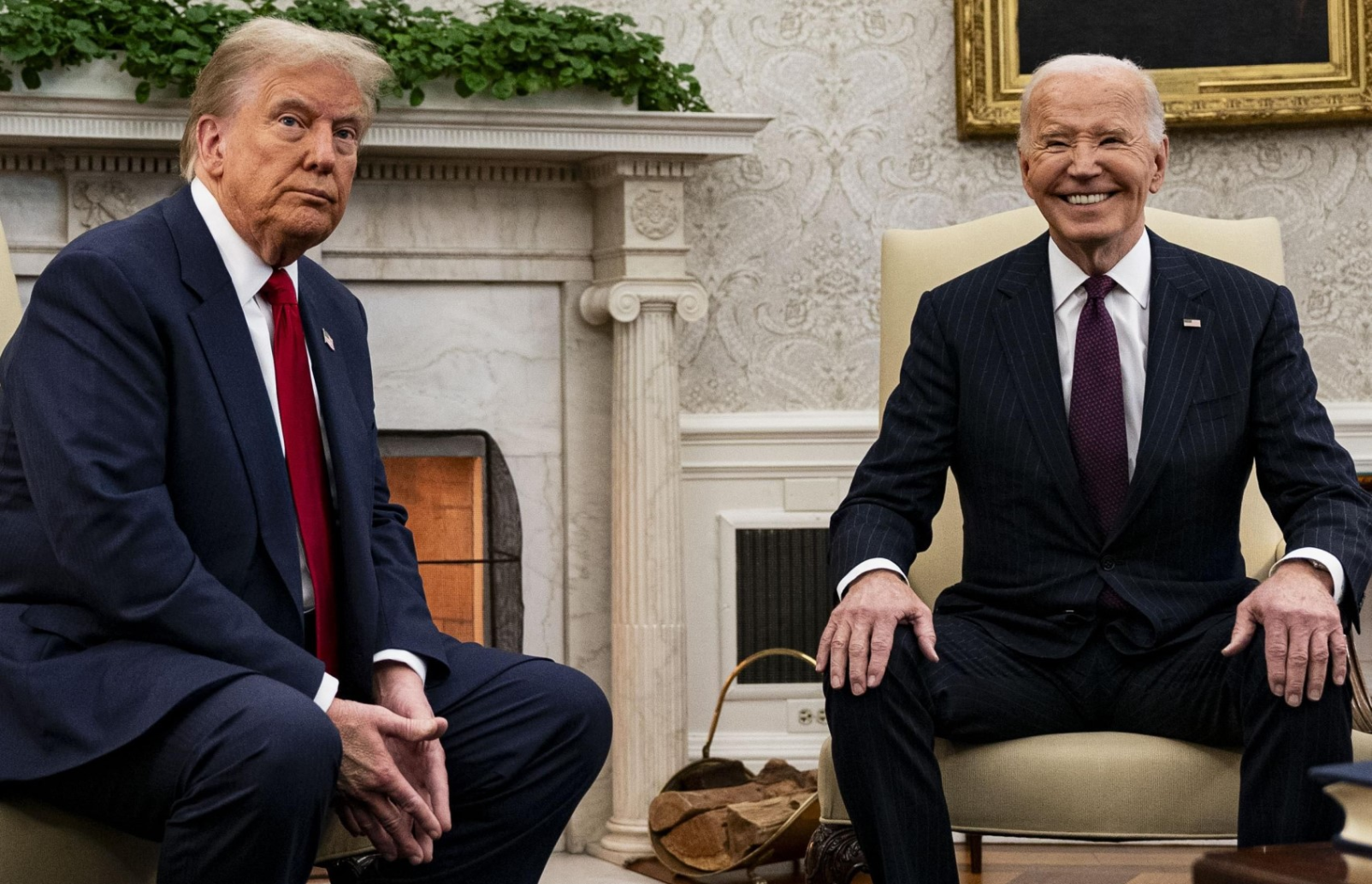Trump Ends Biden’s CHNV Program – Migrants Given Deadline to Leave
In a significant policy change, the current administration has announced the termination of the “parole” status granted to over 500,000 migrants under a program initiated by the previous administration. This decision affects the CHNV program, which allowed individuals from Cuba, Haiti, Nicaragua, and Venezuela to enter the U.S. without a traditional visa. The administration has set a 30-day deadline for those impacted by the program to leave the country.
I. The CHNV Program’s Origins and Challenges
The CHNV program was introduced during a time of rising border crossings, with the goal of providing a legal pathway for migrants to enter the U.S. The program required individuals to secure a U.S.-based sponsor and travel through designated airports instead of crossing the border illegally. However, the program faced several significant challenges that ultimately undermined its original objectives.
One of the primary criticisms was that, rather than easing pressure on Border Patrol, the program inadvertently created new challenges, including potential fraud. Reports suggested that the sponsorship process was exploited, with some individuals profiting by selling sponsorships. As a result, the program’s effectiveness was called into question.
II. The Problems with the CHNV Program
Despite its original intent, the CHNV program faced several hurdles that led to its downfall:
-
Exploitation of the Sponsorship System: Instead of ensuring legitimate support for migrants, the system was abused. Fraudulent sponsors emerged, and criminal elements reportedly used the process for financial gain.
-
Lack of Enforcement: The program’s requirements, such as ensuring adequate sponsorship and financial support, were inconsistently enforced. As a result, many migrants were allowed to enter the country without the necessary scrutiny.
-
Continued Border Issues: Despite the CHNV program’s implementation, illegal crossings continued to rise, further highlighting the program’s shortcomings.
III. The Decision to End the CHNV Program
After the administration took office, one of the first significant actions was to review the CHNV program. Following an assessment of its shortcomings, the decision was made to end the program. A recent announcement confirmed that the program would cease immediately, with a 30-day grace period for affected individuals to leave the U.S.
Officials emphasized that this decision was made to restore order to immigration processes, citing concerns that the program had created a disorganized system that bypassed established legal pathways. The administration argued that by halting the program, it was focusing on protecting public interests and ensuring that immigration policies are adhered to.
IV. Responses to the Policy Shift
The termination of the CHNV program has sparked reactions across the political spectrum. Supporters of the decision view it as a necessary move to address the growing challenges related to unauthorized immigration. They believe that the program allowed too many people to enter the country without proper oversight, potentially straining public resources and compromising security.
On the other hand, critics of the move argue that the CHNV program, despite its flaws, provided an important opportunity for individuals fleeing difficult circumstances in their home countries. Some believe that ending the program could lead to further hardship for vulnerable people, especially as they may face deportation or have fewer options to seek asylum.
V. Broader Implications for Immigration Policy
The end of the CHNV program represents a broader shift in U.S. immigration policy. Critics argue that large-scale parole programs like this one can create vulnerabilities that may be exploited by fraudulent actors. In contrast, the administration’s stance prioritizes enforcement of traditional immigration laws and aims to ensure that immigration channels are secure and efficient.
This change in direction also affects the way the U.S. government manages border security and legal migration pathways. The decision to discontinue such programs is part of a broader strategy to strengthen border security and maintain more control over who enters the country. At the same time, it raises questions about how to balance enforcement with compassion for those seeking refuge.
VI. Conclusion: Moving Forward
The decision to revoke the CHNV program marks a significant turning point in U.S. immigration policy. It reflects the administration’s commitment to addressing weaknesses in the immigration system and ensuring that policies align with national security and public interest.
As the debate continues over the best way to handle immigration, the focus is likely to remain on finding a balance between security, accountability, and compassion for those in need. The coming months will determine how this policy shift impacts both individuals affected by the program and the broader landscape of U.S. immigration law. The need for a well-rounded, effective approach to immigration reform remains a key issue, with many hoping that future changes will address the challenges of both enforcement and humanitarian support.
